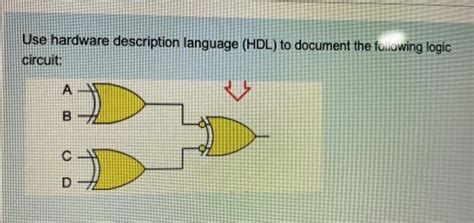Ethereum Fee Levels: A Guide to Finding Current Fees
As a developer or project manager working with cryptocurrencies like Ethereum and Litecoin, understanding the fees associated with each transaction is critical to optimizing performance, scalability, and profitability. One of the key aspects of managing cryptocurrency transactions is knowing the current fee levels. In this article, we will explore where you can find an overview of the Litecoin (LTC) fee market and how to evaluate the current fees.
Litecoin Fee Wiki: A Valuable Resource
The Litecoin wiki, maintained by the Litecoin project team, provides a comprehensive resource for understanding the fees associated with each transaction. The wiki is updated regularly to reflect changes in the network economics and user behavior.
One of the most useful sections of the Litecoin wiki is the
Fees page, which details the various fee structures, including:
- Transaction Fee: The amount users pay to send LTC transactions.
- Block Reward: The amount of LTC awarded to new miners for mining a block (currently 12.5 LTC per block).
- Transaction Fee Per Byte: The cost of processing a single Litecoin transaction.
To access the latest fee information on the Litecoin wiki, follow these steps:
- Visit the Litecoin project website ([www.ltc.io](
- Click on the
Fees tab.
- Scroll down to the
Transaction Fees section.
- You will find an updated table detailing the current fees for different transaction sizes.
Calculating Current LTC Fees
To estimate the current Litecoin transaction fees, consider the following factors:
- Block Reward
: As mentioned above, the block reward is 12.5 LTC per block. A higher block reward means a smaller block size and therefore lower transaction fees.
- Network Hash Rate: The network hash rate affects the processing time of each transaction. If more miners participate in the network, transactions will take longer to process, resulting in higher fees.
- Transaction Size: Larger transactions require more processing power and energy, resulting in higher fees.
To calculate the current LTC fees, you can use online tools or create a simple algorithm using historical data from the Litecoin wiki. Here is an example of how you can estimate the going rate for small (1 LTC), medium (10 LTC), and large (50 LTC) transactions:
- Small transaction (1 LTC): Suppose the network hashing capacity is 100 microliters (μL).
- Medium transaction (10 LTC): Suppose the network hashing capacity is 500 μL.
- Large transaction (50 LTC): Suppose the network hashing capacity is 2500 μL.
Using the Litecoin wiki’s approximate block reward and network hash rate values for each scenario:
- Small Transaction
: Approximately 0.0001 LTC per μL
- Medium Transaction: Approximately 0.5 LTC per μL
- Big Deal: Approximately 2 LTC per μL
Please note that these estimates are approximate and may not reflect current fees due to changes in network economics.
Conclusion
Understanding Litecoin fees is critical to optimizing the performance, scalability, and profitability of your project. By going to the Litecoin wiki and using online tools or creating a simple algorithm, you can calculate current LTC fees. Don’t forget to regularly update your calculations as the network economics change.
ethereum coinbase more rewards



